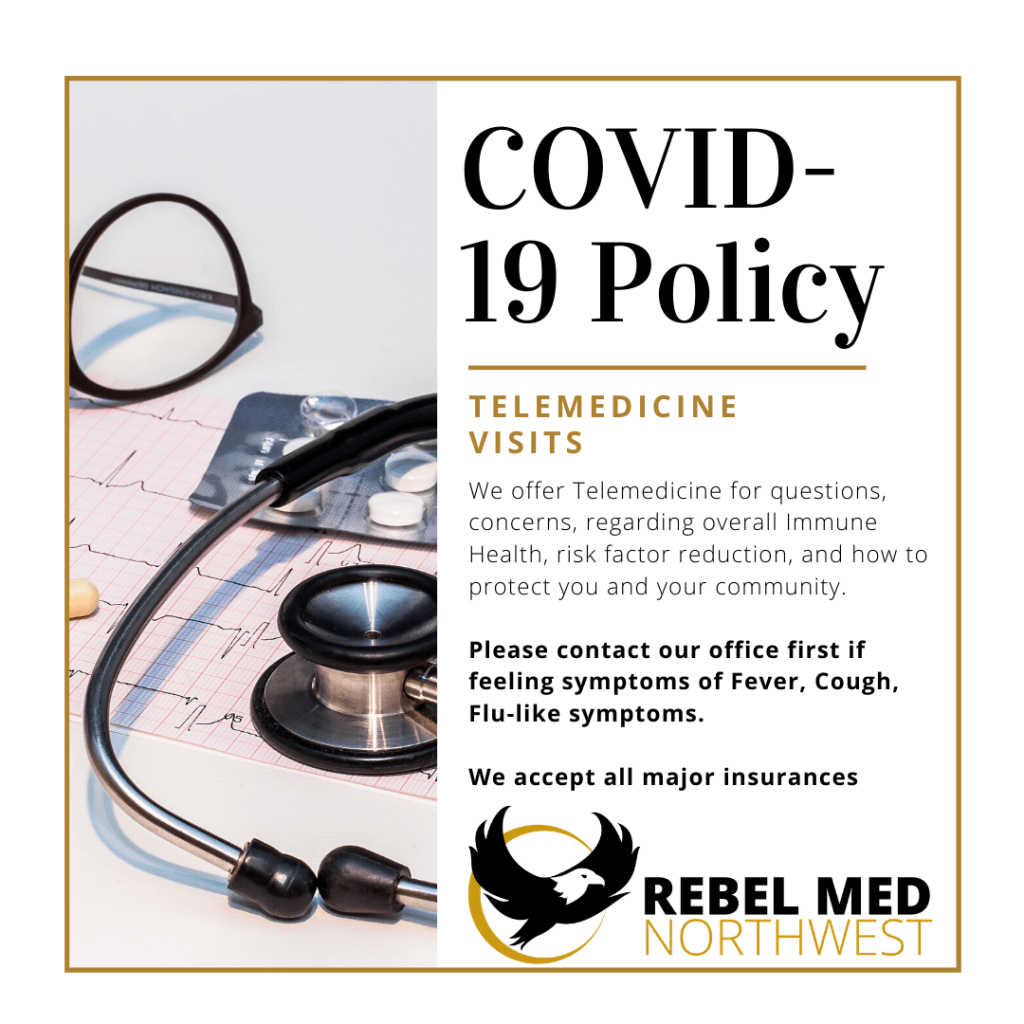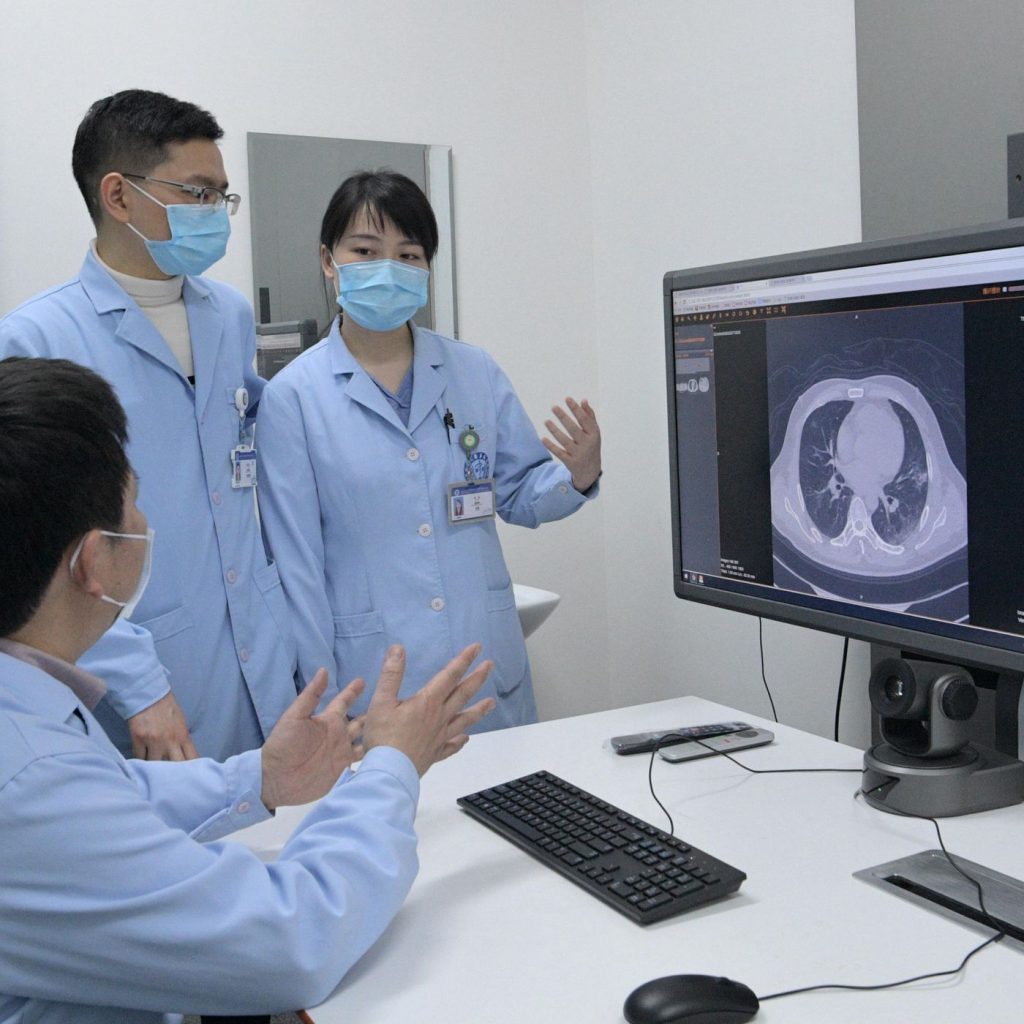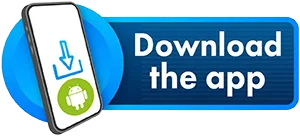The government has released new telemedicine guidelines. These guidelines were much needed and have come at an opportune time. A doctor at a mohalla clinic in Delhi has tested positive for Covid-19. His wife and daughter of the doctor have also tested positive for the virus. Following this, over 800 people who recently visited the clinic have been put under home quarantine and asked to contact the control room if they develop any symptoms. The clinic has been closed and sanitized. It has been reported that the doctor developed the infection after contact with an infected woman who returned from Saudi Arabia. Modalities like telemedicine are now absolutely essential if we are to prevent many more such scenarios.

The number of positive Covid-19 cases is increasing every day in India. The entire country is under a lockdown with the intent to break the chain of transmission. Teleconsultations will help to prevent cross infection of flu or corona-like illnesses among the large number of patients waiting to see the doctor. We have been asking the government to permit teleconsultations, especially for cases of respiratory infections, for precisely this reason. Teleconsultations are useful for routine checkups and follow-up. In cases of flu it is easy to identify patients who need hospitalization as they will be breathless.

The guidelines have been developed by the Board of Governors in partnership with Niti Aayog. All Registered Medical Practitioners can provide telemedicine consultation to patients from any part of the country. But they are bound by the same professional standards and ethical regulations as they apply to the regular consultations in the clinic.
Four types of telemedicine consults have been identified according to: • Mode of communication (video, audio, text-based • Timing of the information transmitted (real time or asynchronous – accessed as per need or convenience) • Purpose of the consultation (Non-Emergency or emergency) and • Interaction between the individuals involved (RMP-to-patient / caregiver, or RMP to RMP). Five scenarios have been defined: 1. Patient to Registered Medical Practitioner 2. Caregiver to Registered Medical Practitioner 3. Health Worker to Registered Medical Practitioner 4. Registered Medical Practitioner to Registered Medical Practitioner 5. Emergency Situations Both the patient and the doctor need to know each other’s identity. Patient consent is necessary for telemedicine. If the patient initiates the telemedicine consultation, then the consent is implied. The complete guidelines are available at the Health Ministry’s website.
Here are some safe practice guidelines for doctors: • Provide as many paid tele consultations as possible at least for the duration of the lockdown. • Doctors aged more than 65 years with uncontrolled diabetes, immunocompromised, who have six minutes’ walk distance< 200 meters, are unvaccinated for flu and pneumonia (with common secondary or co-infections) should completely stop OPDs and only give tele consultations. • Inform all patients that if they or any close contact has and fever they should call first and not visit the clinic/hospital without tele consultation. • Always wear surgical masks; if doing any procedure where aerosols may be produced, use N95 masks. • Doctor with cough and fever should go for self-quarantine and Covid-19 assessment, In a WHO study from Italy, it has been shown that 90% of doctors attending patients were asymptomatic when they were tested COVID-19 positive. • Install air purifiers with 10 air exchanges per hour rate at the clinic • When you come back home from you clinic, wash feet first, then hands, face, change cloths (keep them in separate box for washing), decontaminate all surfaces you have touched including your car, wash hands again with soap and water. • Stay away from elderly people in your home if possible.


